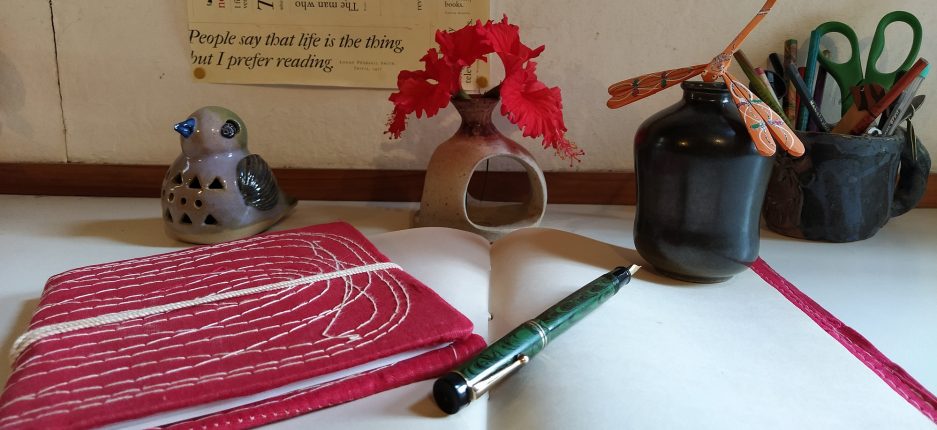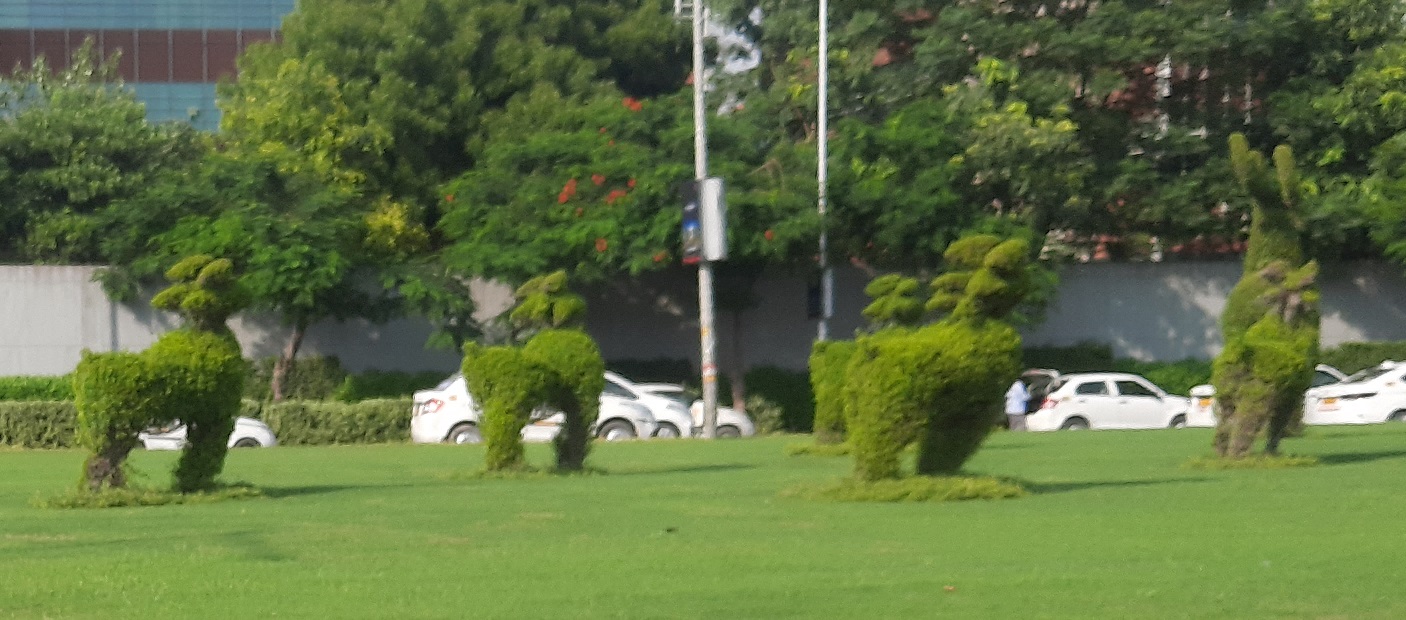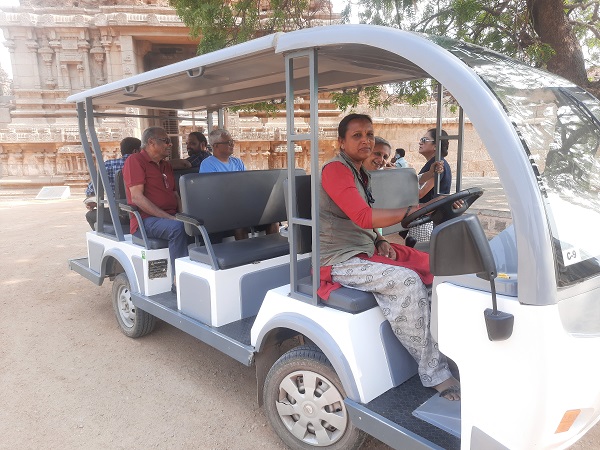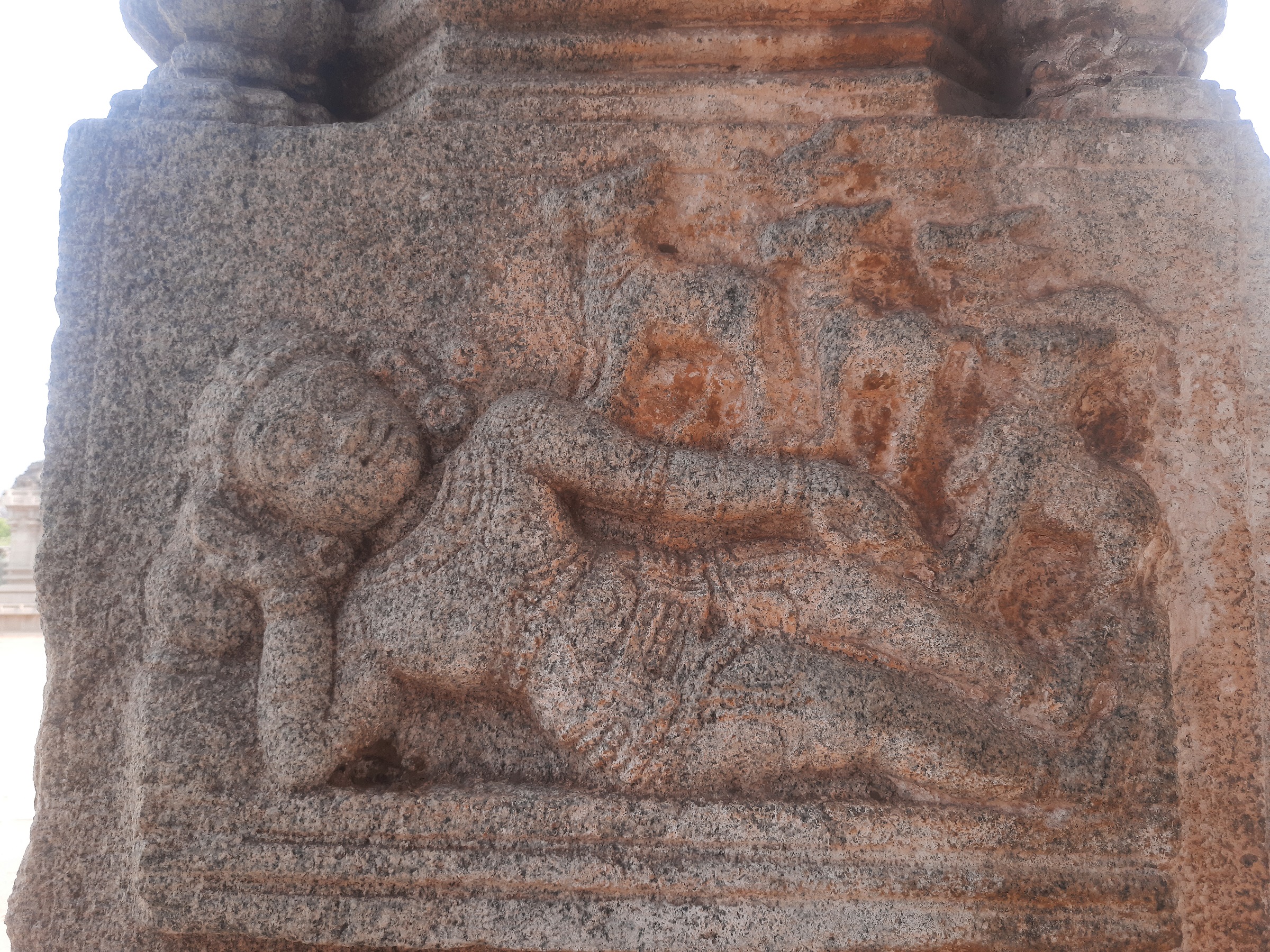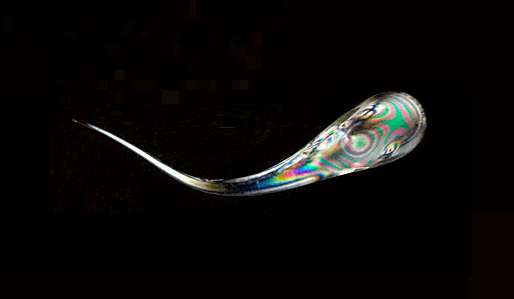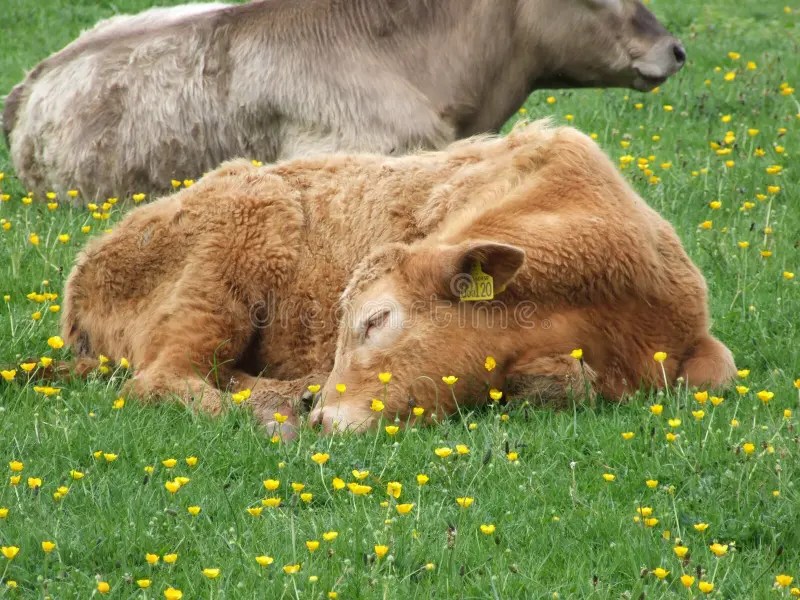About three decades ago, a new colleague joined our organization. During introductions, obviously the topic of what he had done-where he had done came up. It was an impressive pedigree—a Ph.D from JNU, under the legendary professor of ecology Dr. P.S. Ramakrishna. So far, so good. But his elaboration of what he had done his Ph.D on was what threw all of us. ‘Tree architecture’, he said casually, as if was a term we used day in and day out. And embarrassing to admit, though we worked at Centre for Environment Education and should have been up with all terms ecological, none of us had heard this one. Dr. Ram Boojh Yadav, our new colleague educated us.
Last week, as I was doing my piece on topiary or tree-shaping, not surprisingly these memories came back to me. If topiary is about humans shaping trees as per their whims, tree architecture is about trees growing as they are destined to. So I thought I should re-visit that term which mystified me so many years ago, and try to learn a little more about it. So here goes…
When you look at a tree that you are familiar with, even from a distance and maybe even without leaves and flowers, you usually know what tree it is, e.g., mango vs. neem vs. Ashoka. And when it comes to botanists and arborists, obviously they can distinguish and identify many more just by looking at the silhouette.

How does this happen? The answer is tree architecture or the study of the form of trees, which started gaining ground as a formal discipline in the 1970s, and has been use for a long time in management of trees. It is the branch of science that explains why a tree looks how it looks.
Tree architectures studies characteristics like type of branching, type of extension growth, branch orientation, flowering position etc. This is done by observing and schematising many individuals of the same species, in all life stages, to try to identify the ‘building plan’ of that species.’ To cite a researcher: ‘Plant architecture tries to identify fixed and repetitive phenomena in plant structures, valid for all individuals of the same species or even valid for multiple species.
So why does a tree look how it looks? Well the basic reason is genetics. Each tree species has a genetic blueprint of how it would ideally develop. And this goes back to its evolutionary history. For instance, the higher mechanical stresses imposed on trees that are native to windy areas makes them put down more wood to strengthen their structure, and consequently trees growing in such areas develop shorter but thicker trunks, branches, and roots. In contrast, trees that grow in sheltered areas will grow taller and thinner to improve their chances of reaching the light.
But the expression of this genetic blueprint depends on the site where an individual tree is growing—the soil, light, water, wind and other such factors that it finds there. These are the site conditions.
And the last are the environmental influences—has it experienced lightning, storms, insect infestations, human interactions, etc.
The science of tree architecture is based on subdividing trees into groups with similar characteristics (e.g., type of branching, type of extension growth, branch orientation, flowering position). Research has shown that all trees in the world fall into one of 23 architectural models—in other words, there are 23 tree building plans in the world!
Go on out there. Take a walk, get some exercise, breathe in some fresh air. And look at tree building-plans!
–Meena
Thanks: https://www.validtreerisk.com/resources/Documents/News/Tree%20Architecture%20
